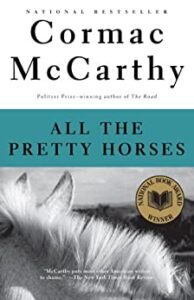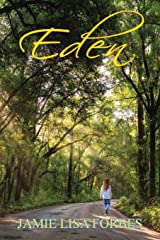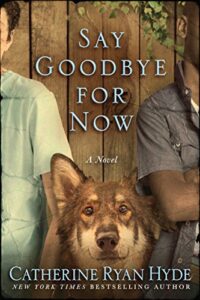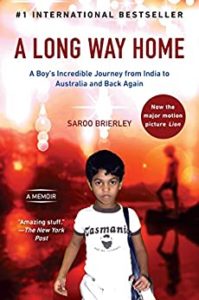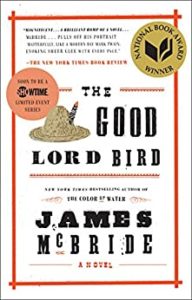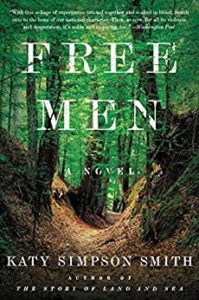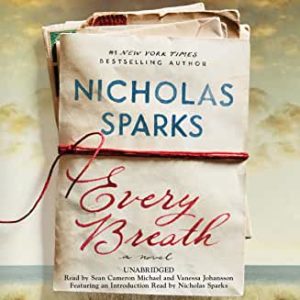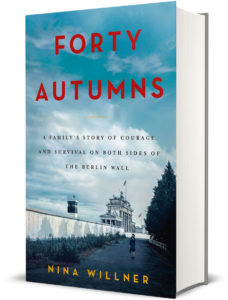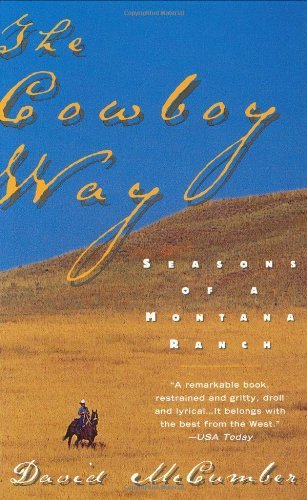
Journalist David McCumber’s The Cowboy Way: Seasons of a Montana Ranch is a memoir of the author’s year learning what it means to be a real cowboy on an expansive cattle ranch. Bill Galt, owner of Birch Creek Ranch, agrees to hire David McCumber, 44, for one year with the understanding that he perform all the regular duties of any hired hand.
Montana’s Birch Creek Ranch comprises of 64,000-plus acres of deeded and leased land that supports beef cattle, hay and grain fields. The land is mountainous with rolling pastures, and creeks that support the ranch’s water systems.
During the year David performs all the grunt work expected of a newly-hired ranch hand. Immediately upon arrival he wrestles with huge bales of hay, flaking off feed for cattle. Although he’d thought he was in pretty good shape, his body tells him differently, but he keeps at it. As the seasons change he does it all—calving, feeding, fixing fences, irrigating, haying, moving cattle, branding and vaccinating. He fights weeds and fire. He helps maintain the numerous vehicles required for daily operation. By the end of the year he’s lost thirty pounds and several inches from his waist.
Much of what David does is dirty and physically-demanding work, but occasionally he has that perfect “cowboy day”: riding horseback gathering cattle, appreciating the exquisite beauty of this vast land under perfect skies. He also works through freezing conditions in the snow, slogs through mud during the spring thaw, and toils under Montana’s blazing summer sun. Along the way, he describes the beauty of what he smells, sees and hears–the bracing aroma of horse, leather and hay, the herds of elk, birds calling for their mates, sun shimmering off the side of the mountain. He learns to appreciate the strength and know-how of a good cattle horse.
McComber gives us personal views of how a ranch this size works, a look at the kind of person who runs a ranch of this caliber, and of the many men and women he works with. He observes tempers flaring, people who are dedicated to their work, and slackers (who don’t last long). He realizes how hard the 12-14 hour days, with rarely a day off, are on families and marriages. He shares with the reader not only the often dangerous and gritty work, but also the satisfaction of a job well done. The author talks about the economics of running a ranch this size and the necessity of sound business practices.
I very much enjoyed The Cowboy Way and reading this journalist’s experience of a year in a cowboy’s life on a modern cattle ranch.



